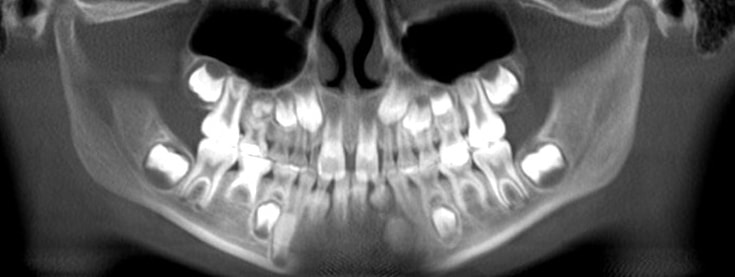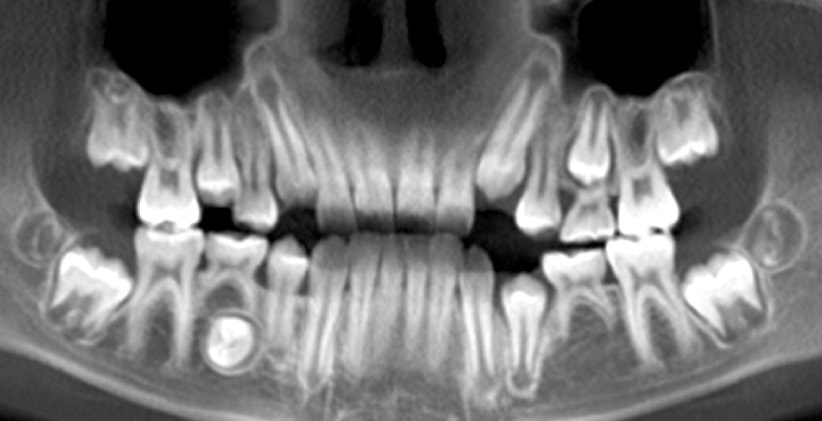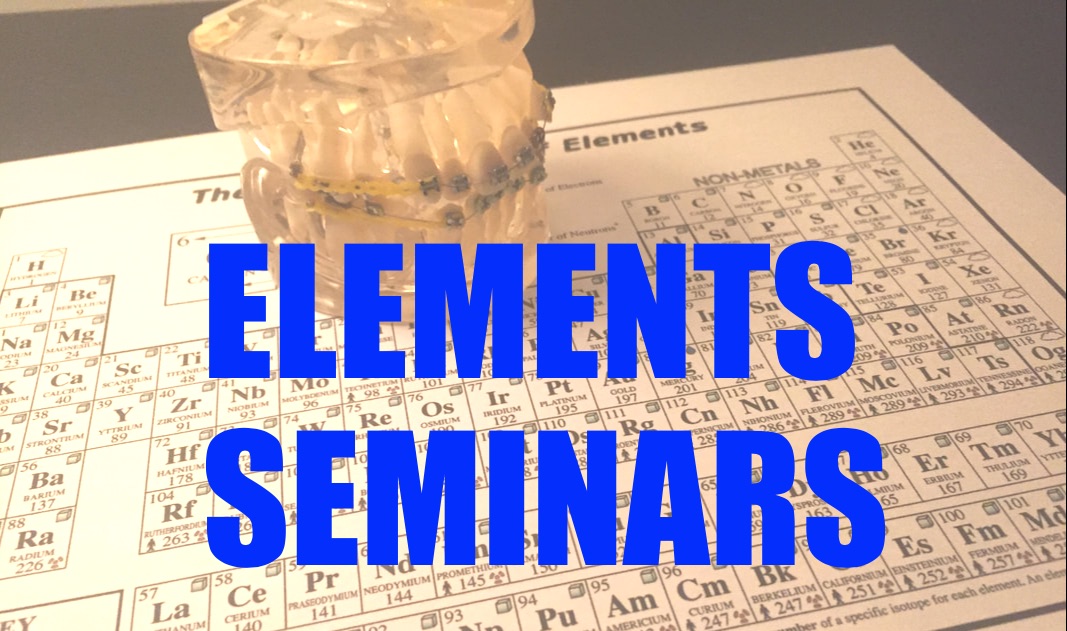|
The Panoramic radiograph. You may be surprised to discover the amazing information you can find about a child patient in that x-ray. Can you name five really important findings in a panoramic on an early mixed dentition patient? Can you name six? Seven? Let’s go for double that figure! (And we won’t include decay, as it’s not the best diagnostic tool of decay. Well, on second thought, maybe we will include some possible decay-related findings at the end of our discussion.) The panoramic should be taken when any permanent teeth are erupting. Often those first eruptions are the lower incisors, or the six-year molars, but no matter what teeth, take the pano then. (You may find opportunity to change the child’s life because of the secrets that x-ray holds.) Start by counting/identifying all teeth (Sounds pretty tame and familiar so far!) :
Here’s an important opportunity to do outstanding diagnosis for your patient, and be paid for your care. You’re in dentistry to care for people, and in business to make a living.
1 Comment
6/6/2022 12:38:29 pm
This is a very informative—edifying article to all. Thanks a lot! Continue to post!
Reply
Leave a Reply. |
Dr Chris BakerAmerica's most-trusted teacher of orthodontic continuing education, Dr. Chris Baker has practiced and taught for more than 30 years, and is a current or former faculty member of three U.S. dental schools. She is a pediatric dentist, author, blogger, dental practice consultant, and mentor. Dr. Chris is also Past President and Senior Instructor of the American Orthodontic Society. She is based in Texas, USA, but lectures around the world. Categories
All
Archives
July 2024
Text and images
© 2024 Dr Chris Baker |





 RSS Feed
RSS Feed